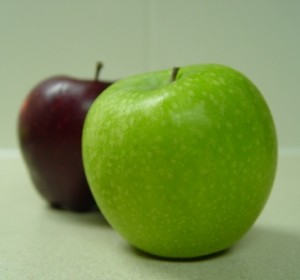Contents
Pesticides in Food
It’s bizarre that the produce manager is more important to my children’s health than the pediatrician.
– Meryl Streep

We’ve been thinking about organic versus non-organic a lot lately. One of the things we’ve discovered is that certain fruits and vegetables, when conventionally grown, tend to be laded with pesticides.
The Environmental Working Group in Washington D.C has published a list of the fruits and vegetables with the highest pesticide levels.
Foods Grown using the Most Pesticides
- Apples
- Cherries
- Grapes (imported from Chile)
- Nectarines
- Peaches
- Pears
- Raspberries
- Strawberries
- Bell peppers
- Celery
- Potatoes
- Spinach
The foods with the lowest pesticide levels
- Onions
- Avocado
- Sweet corn
- Pineapple
- Mango
- Sweet peas
- Asparagus
- Kiwi
- Cabbage
- Eggplant
- Cantaloupe
- Watermelon
Can the Pesticides Be Removed?
Now, organic can be expensive, and many of the foods in the high pesticide level list are otherwise nutritious. So, how can the pesticides be removed?
- Wash and scrub fresh fruits and vegetables under running water. Don’t soak them.
- Peel fruits and vegetables when possible.
- Throw away the outer leaves of leafy vegetables.

Very important to wash the melons, pesticides or no: E. coli is a possible contaminant with the melon sitting on the ground in the field. I know we can’t all buy organic all the time (and I don’t currently) but there are other concerns besides our own health. Farmworkers can become sick while applying the pesticides, birds, insects (including bees) and other wildlife can be affected, too.